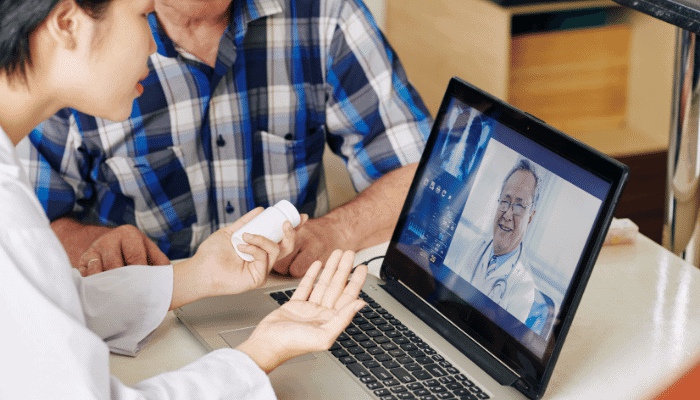
@ShahidNShah


Diagnosis of health conditions isn’t a black-or-white scenario. We’re a long way off being able to solely rely on and trust technology to handle the process of determining treatment. Inevitably, there are elements of even the most routine check-up that can’t be conducted through video calls between patients and professionals, such as feeling for swollen glands.
Telehealth services are therefore no longer considered a backup plan for traditional means of healthcare, and instead a complement to in-person care. Yes, technology enables providers to pinpoint which agents are best suited to support roles and facilitate remote training programs, but it will never have the cognitive capability to allay the evolving concerns of patients.
Remote monitoring tools and telehealth visits can be used to establish whether an initial diagnosis can be given and/or the patient needs to visit the doctor’s office.
Continue reading at healthcarebusinesstoday.com
A healthcare organization needs to develop a relationship with that customer—or patient or family—and true to the digital boom in medicine, most patients want that relationship to be fueled by …
Connecting innovation decision makers to authoritative information, institutions, people and insights.
Medigy accurately delivers healthcare and technology information, news and insight from around the world.
Medigy surfaces the world's best crowdsourced health tech offerings with social interactions and peer reviews.
© 2025 Netspective Foundation, Inc. All Rights Reserved.
Built on Apr 28, 2025 at 6:41am